![]()
This is the Eduard, photo etch set for the ‘Russian BM-13, Katyusha‘ from Italeri.
Detail set |
Italeri |
||||
| (35 803) | Basic | 6242 | ✓ | ||
Source: Eduard
![]()
This is the Eduard, photo etch set for the ‘Russian BM-13, Katyusha‘ from Italeri.
Detail set |
Italeri |
||||
| (35 803) | Basic | 6242 | ✓ | ||
Source: Eduard
This is the Trumpeter 01510 kit in 1/35 scale, of the ‘German Kommandowagen’.
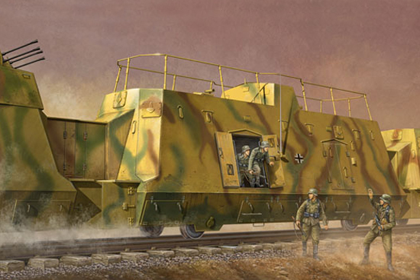
The two halves of the train, before and behind the locomotive were identical and consisted of one artillery car with one 10cm le.F.H 14/19(p) gun, one command and infantry car and one artillery and anti-aircraft car with one 7.62cm F.K.295/l(r) and one 2cm anti-aircraft quadruple unit.
![]()
This is the Eduard, photo etch sets for the ‘Russian Heavy Tank, JS-3M‘ from Trumpeter.
Detail set |
Trumepter |
||||
| (35 571) | Basic | ||||
Source: Eduard
This is the Trumpeter 00316 kit in 1/35 scale, of the ‘Russian Heavy Tank, JS-3M’.

New wheels were added from the T-10 heavy tank which, had improved ball-bearings. In addition, external stowage was improved and dust shirts were added over the suspension.
This is the Italieri 6264 kit in 1/35 scale, of the ‘Russian BM-13, Katyusha’.
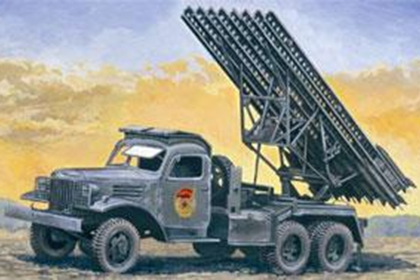
They are fragile compared to artillery guns, but are inexpensive and easy to produce.Katyushas of World War II, the first self-propelled artillery mass-produced by the Soviet Union, were usually mounted on trucks. This mobility gave the Katyusha (and other self-propelled artillery) another advantage: being able to deliver a large blow all at once, and then move before being located and attacked with counter-battery fire.
This is the Dragon 3528 kit in 1/35 scale, of the ‘Israeli M-50, Super Sherman’.

This is the Revell 03084 kit in 1/35 scale, of the ‘Russian Tank Destroyer, SU-100’.
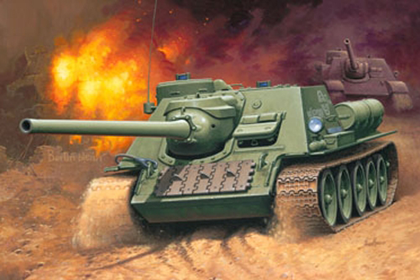
This is the Revell 03076 kit in 1/35 scale, of the ‘Russian BM-13, Katiusha’.
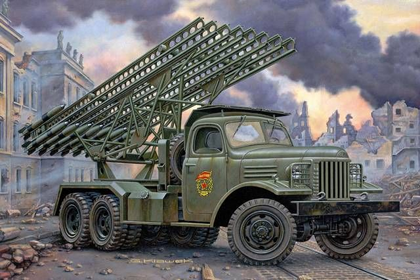
Katyusha multiple rocket launchers are a type of rocket artillery first built and fielded by the Soviet Union in World War II. Multiple rocket launchers such as these deliver a devastating amount of explosives to a target area more quickly than conventional artillery, but with lower accuracy and requiring a longer time to reload. They are fragile compared to artillery guns, but are inexpensive and easy to produce.
Katyushas of World War II, the first self-propelled artillery mass-produced by the Soviet Union, were usually mounted on trucks. This mobility gave the Katyusha (and other self-propelled artillery) another advantage: being able to deliver a large blow all at once, and then move before being located and attacked with counter-battery fire.
This is the Tamiya 35 205 kit in 1/35 scale, of the ‘German Infantry Equipment set B – Mid/Late’.
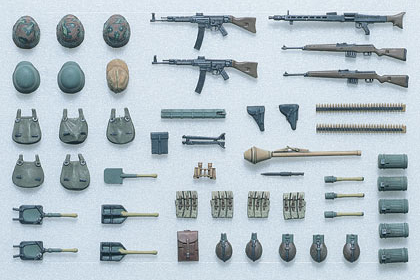
This is the Tamiya 35 204 kit in 1/35 scale, of the ‘German Infantry Equipment set A – Early/Mid’.
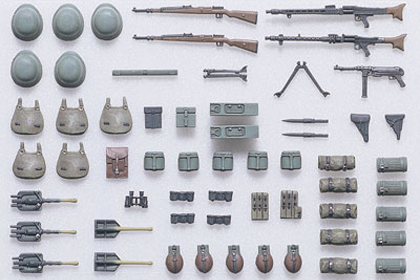
This is the Dragon 6096 kit in 1/35 scale, of the ‘Russian Tank Destroyer, SU-85M’.

There were two versions: the basic SU-85 had a fixed commander’s cupola with a rotating periscope and three vision blocks; the improved SU-85M had the same casemate as the SU-100, with a commander’s cupola as used on the T-34-85.